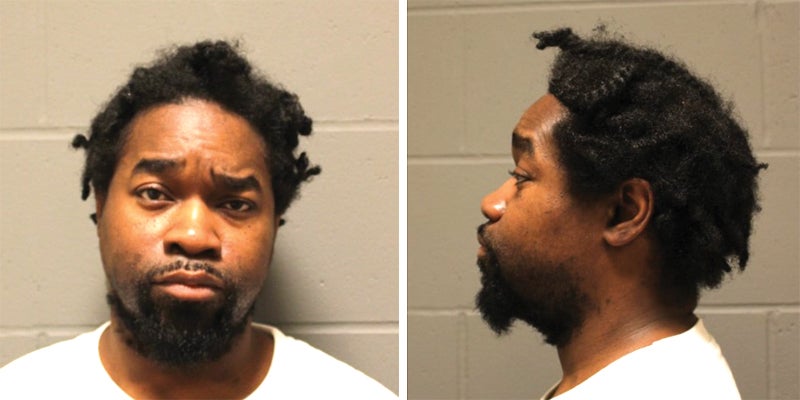Mower County to chamber 3rd judge
Published 10:22 am Thursday, February 25, 2016
Mower County is getting a third judge, and the change could open up new avenues of services.
The Minnesota Supreme Court confirmed last week that Ramsey County Referee JoAnne Yanish’s position will be converted to a new judgeship and chambered in Mower County after Yanish retires April 4.
Chief Third Judicial District Judge Jeffrey Thompson called it an unprecedented action to move the seat from the Second Judicial District to the Third Judicial District in this manner, but he said it will be great for a district that was once under-judged by two positions.
“This is a great event for the third district,” Thompson said.
Since Mower County Judges Jeffrey Kritzer and Kevin Siefken took the bench in June 2014, the judge need hasn’t dropped below 2.7 for a quarter, and it’s often been as high as three judges.
Thompson attributed the need to things like a growing population, the local economy and high case loads, while adding the Destination Medical Center will drive the need throughout the Third Judicial District.
Over the district, the move will increase it to 24 judges and a family court referee, which will nearly meet the district’s judge need.
“We kept making our argument and finally the chips just fell in place,” Thompson said.
With the recent high caseload in Mower, other district judges have been traveling to Mower County a few days each week. Once Mower County is up to three judges, Thompson expects Mower judges to occasionally help out in Olmsted County.
The new judge is expected be seated in Mower County sometime this summer and will likely be appointed by Gov. Mark Dayton like Kritzer and Siefken were.
Siefken expects the third judge could bring an additional need for support staff. While Mower County courts has seen a third district judge coming in often, the staff has had to make due with the added work load.
But a third judge will allow Mower to explore new options of services.
“Because we’ve had help from other judges, we’ve processed a lot of cases, but we aren’t able to get at the root of some of the bigger problems that cause us to have a lot of cases,” Siefken said.
One example is drug dependency issues. With three judges, Mower County could look into drug court services. Siefken noted locking people up for drug crimes often causes those issues to get worse instead of get better. But many counties are going toward a drug court model, and Siefken said studies show they could make a larger impact with the model.
“Because we haven’t had enough sitting judges, we haven’t really been able to explore those types or programs,” Siefken said.
Drug courts are described as “problem-solving courts” that are often based on more positive reinforcement and aim to develop a strategy that will pressure offenders to complete treatment programs and abstain from repeating the offense.
“With the drug court model, there’s positive reinforcement, there are kinds of classes, they come to the court more frequently, and they really are supervised more closely and given a lot more services to help them to their road to sobriety and recovery that we can’t give them in a regular court model,” Siefken said.
“It’s going to open up some doors for us as far as those types of things,” he added.
Thompson agreed that Mower could look into adding drug court, as he said it’s something many courts are looking to add eventually.
“One of our goals is to make drug court services available to everybody in the state,” Thompson said.
Mower County’s third judge will likely have a trickle down effect on other Mower County offices, as Thompson noted such moves traditionally affect public defenders and the county attorney’s office.
Thompson credited the Minnesota Supreme Court and Chief Justice Lorie Gildea for moving ahead on the plan.
“This is the result of really wonderful leadership of the chief justice of the Minnesota Supreme Court,” Thompson said. “I give her all the credit.”
Yanish’s Second Judicial District post is a referee position, which is similar to a judge, but typically has limited jurisdiction and often deals with more family court and housing issues. The Supreme Court chief justice can convert the position into a judgeship upon a retirement.
The Third Judicial District considered chambering the new judge in Olmsted County, but recommended the judge be chambered in Mower due to the lack of chamber and courtroom space in Olmsted. Mower County has an additional judge’s chamber and three courtrooms.
The county only has space for two juries, but Siefken said it’s unlikely they’d need the space for three juries at one time.






